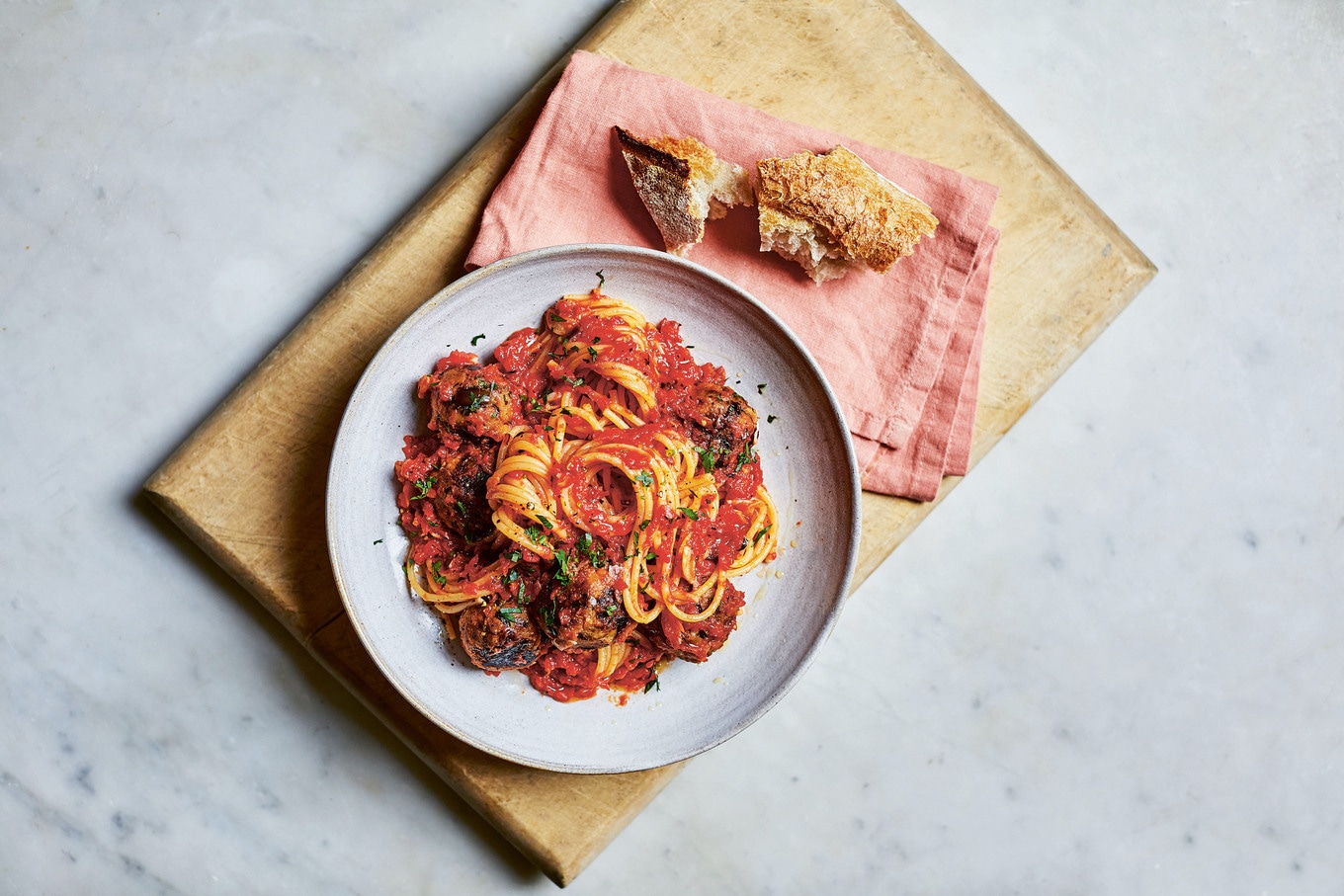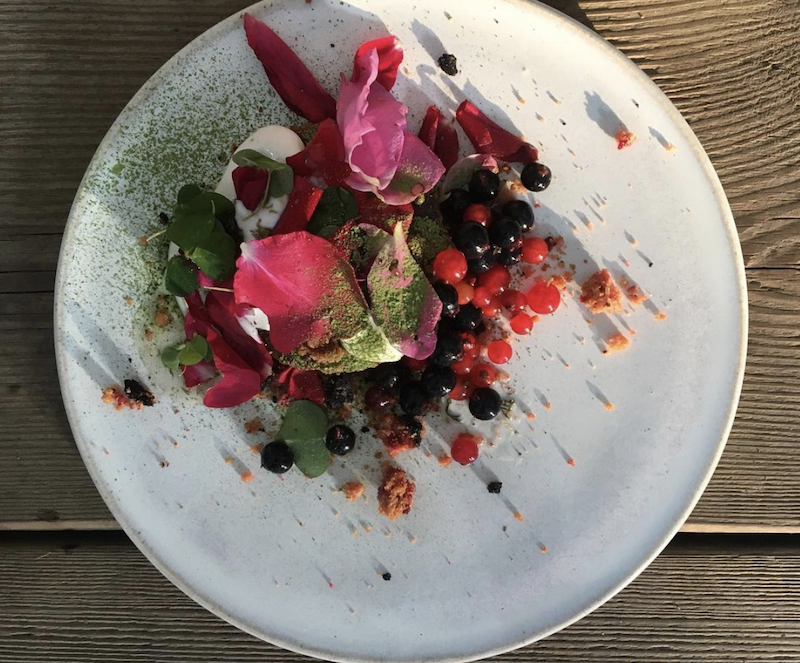We all have that one go-to outfit that we can rely on for most occasions—whether it’s jeans and a nice top or a versatile, always-flattering shirt. And it’s the same with Italian-American cooking. In fact, according to Bon Appétit, marinara sauce is “the little black dress” of this popular cuisine.
Marinara sauce likely originated centuries ago near the coast of Southern Italy. There are a few stories surrounding its creation, but one of the most popular is that it was first eaten by sailors due to the fact it wouldn’t spoil quickly and it was relatively inexpensive. Given the fact that “marinara” translates to “seafaring,” it seems like a likely origin story.
Regardless of where it came from, there is no denying marinara sauce is incredibly popular today—not just with Italians and Italian-Americans, but all over the world. It’s versatile, relatively cheap to make, and incredibly tasty, especially if you know how to cook it well.
Want to learn how to level up your marinara sauce? Check out five top chef tips on how to do just that below.
Table of Contents
What is classic marinara sauce made of?
Classic marinara sauce is incredibly simple. It’s made with just a handful of basic ingredients, including tomatoes (of course), olive oil, garlic, onions, and herbs.
While it can be made with any type of tomato, authentic Italian sauces are usually made with the gold standard of tomatoes: San Marzanos. These tomatoes, which are grown in Campania, Italy, have a unique balance of sweetness and acidity, which gives them a deliciously rich, concentrated flavor.
While many tomatoes are labeled as San Marzano-style, true San Marzano tomatoes are protected by a DOP (Denominazione d’Origine Protetta) certification. This means they must be grown in Campania, with original San Marzano seeds, using traditional methods.
What do you use marinara sauce for?
Marinara sauce is incredibly versatile. It can be used in many different pasta dishes, for example, and goes well with everything from penne to spaghetti to lasagna. It’s also often used on pizzas. In fact, the earliest Naples pizza was made with dough and marinara sauce—no mozzarella cheese.
Marinara also makes for a delicious dipping sauce (it’s delicious with these crispy fried vegan grilled cheese sticks, for example), and it’s the perfect accompaniment for meatballs, whether they’re served with spaghetti or in a sandwich. You can also use marinara sauce in stuffed pepper recipes, eggplant parmigiana, shakshuka, and so much more.
5 chef tips for making the perfect marinara sauce
Marinara sauce is simple to make, but when it comes to getting the very best flavor, there are a few tips and tricks to learn. We spoke with New York Times bestselling cookbook author Marye Audet, who also runs the popular recipe blog Restless Chipotle, to learn more.
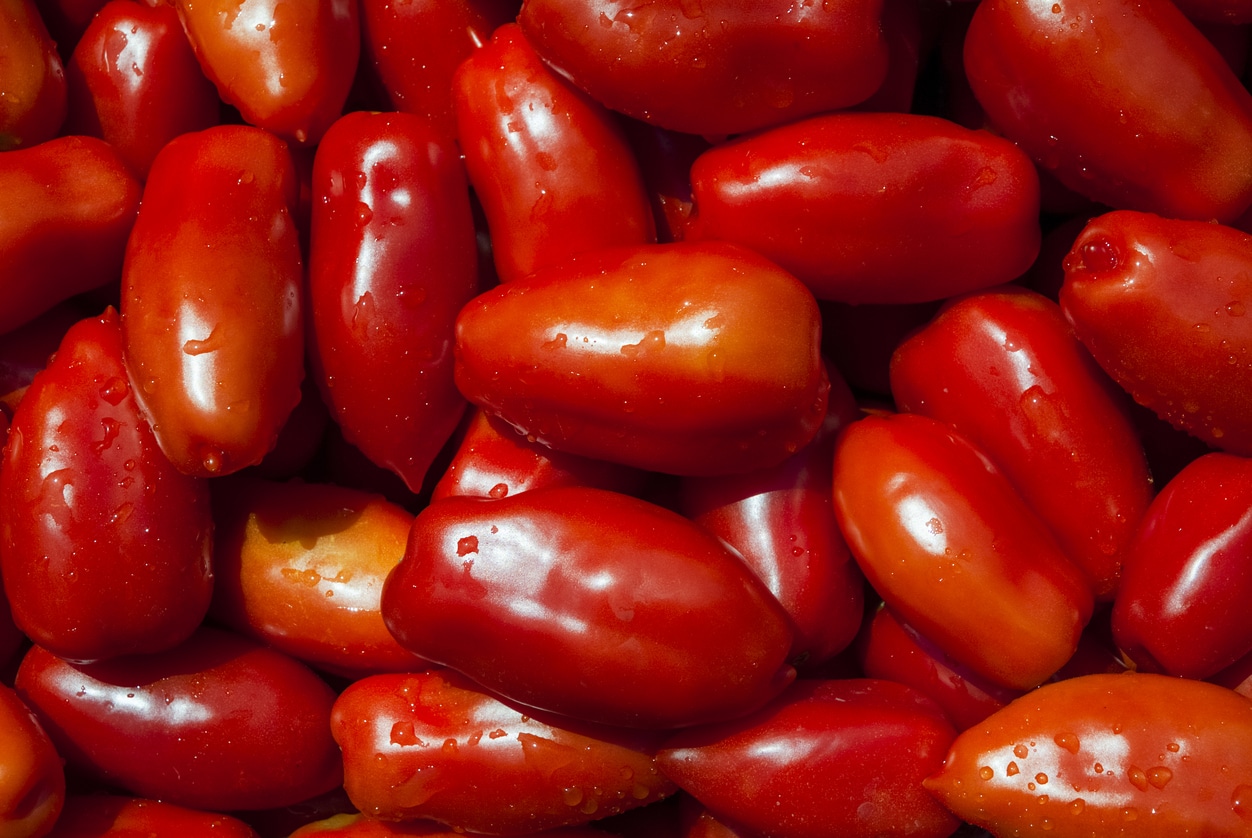 Photographer
Photographer
1 Opt for good quality San Marzano tomatoes if you can
“I lean towards canned tomatoes for marinara sauce, especially if we’re talking about those good-quality San Marzano tomatoes,” says Audet. “They’re picked at their peak ripeness and packed with flavor, which is perfect when you want a consistent, rich sauce. Fresh tomatoes are great when they’re in season, but they can be hit or miss, and they require a bit more prep—like peeling and seeding—before they’re ready to use.”
For real, certified San Marzano tomatoes, check out Cento on Amazon. Alternatively, you can buy San Marzano-style canned tomatoes from brands like Contadina in Whole Foods.
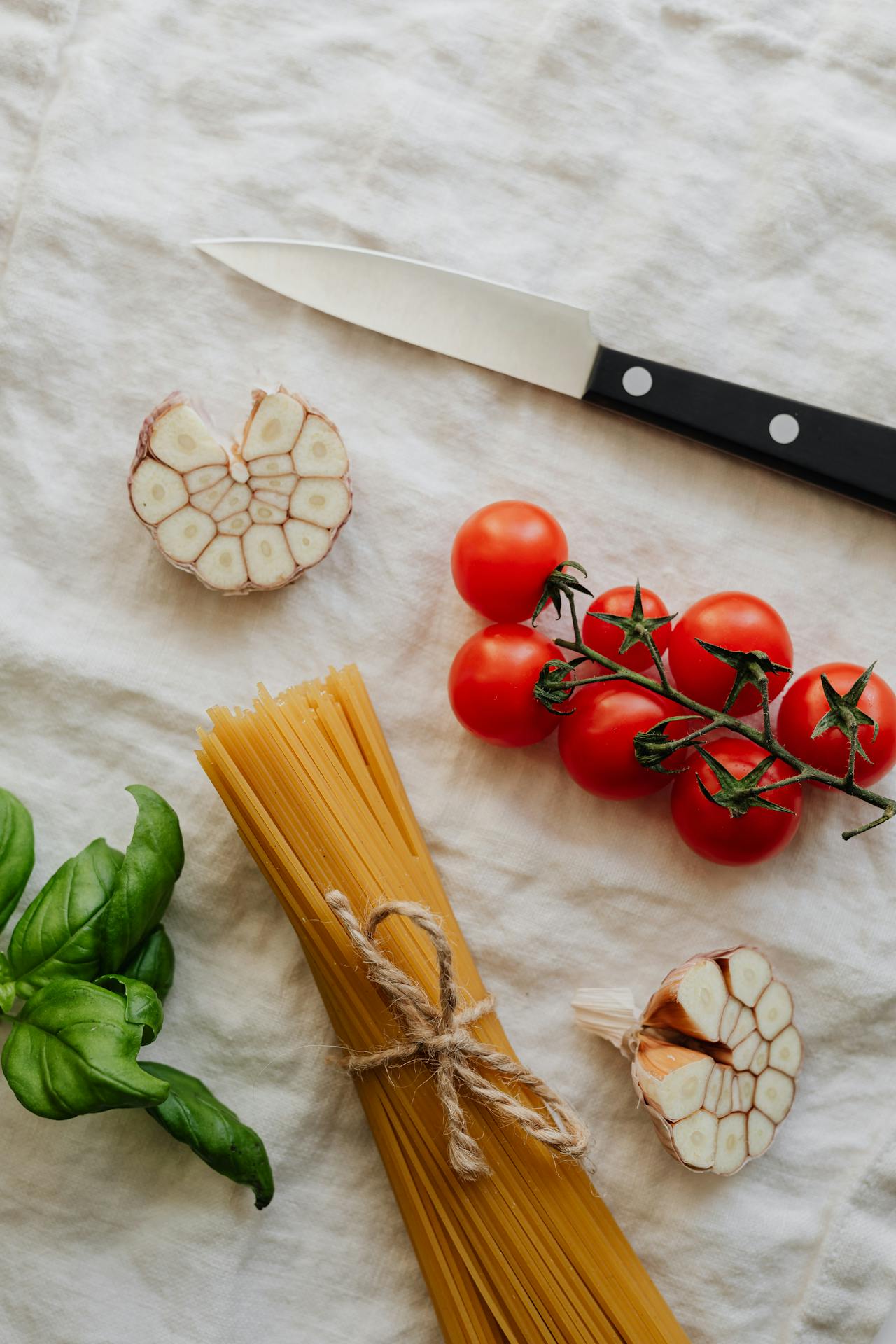 Pexels
Pexels
2 Take care to add your onions and garlic at the right time
“To get that deep, rich flavor without too much acidity, I start by sautéing onions in olive oil until they’re soft and golden, then add garlic just until fragrant,” notes Audet. “This creates a flavorful base. Adding a pinch of sugar helps balance the acidity of the tomatoes. Also, slow simmering is key—let the sauce cook low and slow for at least an hour. This gives the flavors time to meld and the acidity to mellow out.”
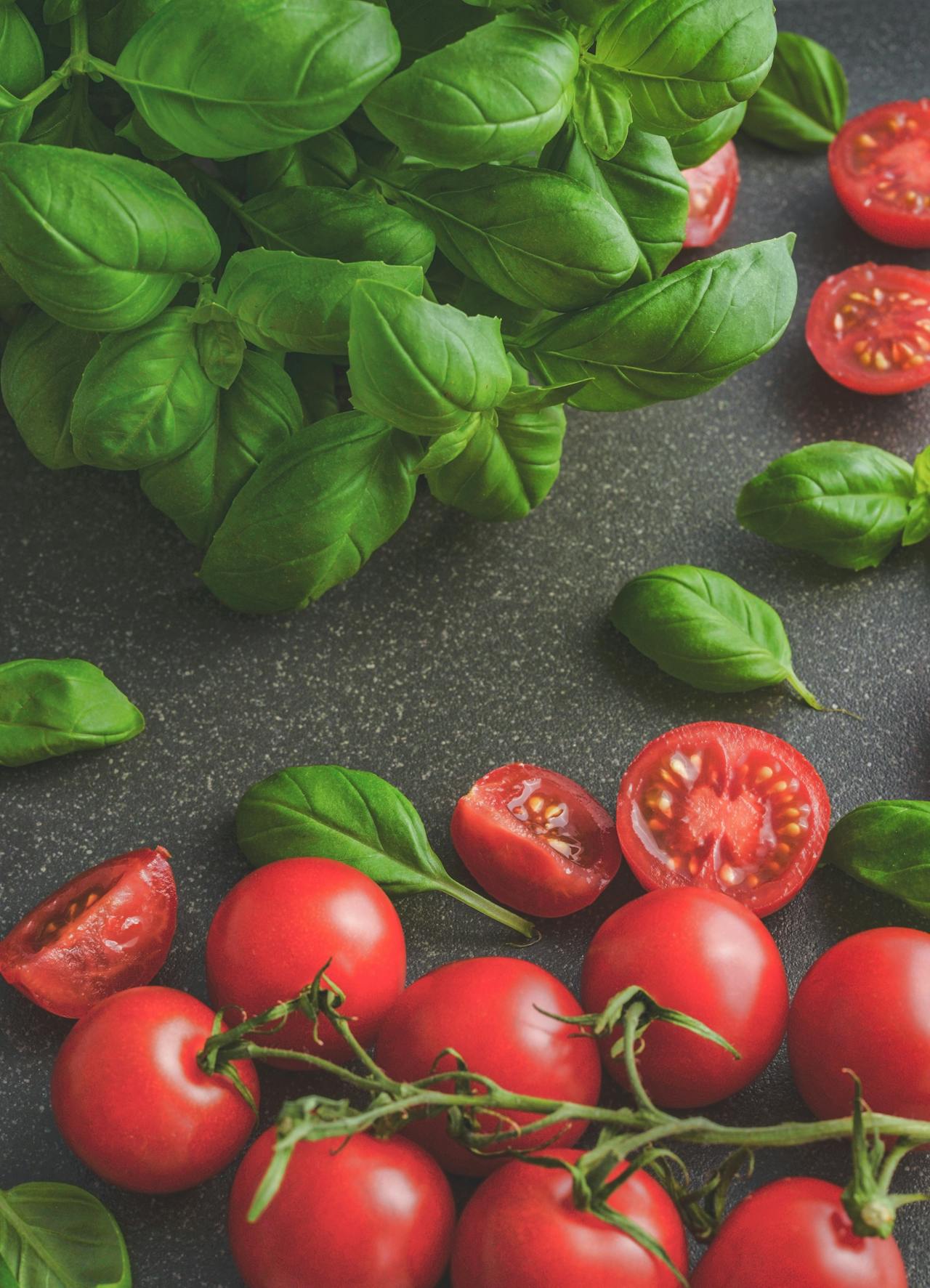 Pexels
Pexels
3 Herbs are also a must
“For me, basil and oregano are must-haves in marinara sauce,” says Audet. “I usually add dried oregano early in the cooking process so it has time to infuse the sauce, and then I’ll toss in fresh basil towards the end to keep its bright, fresh flavor. A bay leaf or two added while the sauce simmers can also add a nice depth of flavor.”
Fancy growing your own herbs at home? We’ve got all the tips in our guide here (you don’t even need a garden!).
4 Don’t skip on good-quality olive oil
“I recommend using good-quality extra virgin olive oil. The quality of the oil really does make a difference because it’s one of the main flavors in a simple marinara sauce,” advises Audet. “Look for something cold-pressed with a rich, fruity flavor. It doesn’t have to be the most expensive, but don’t skimp on this ingredient!”
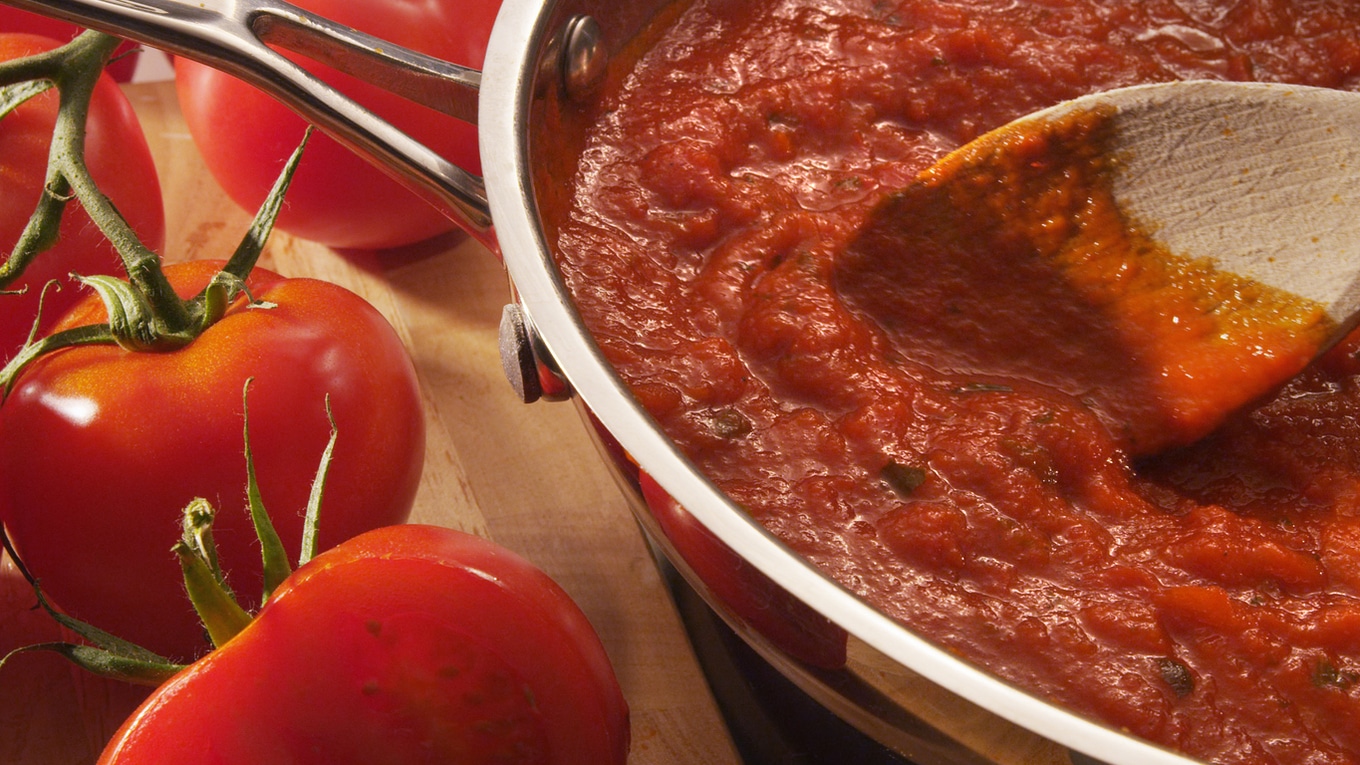 Lewkmiller
Lewkmiller
5 Leave plenty of time for simmering
“I like to simmer my marinara sauce for at least an hour, sometimes longer if I have the time,” says Audet. “The longer it cooks, the more the flavors develop and deepen. Just keep it at a low simmer—gentle bubbles—and stir occasionally to prevent sticking. If you’re in a hurry, 30 minutes will do, but if you’ve got the time, let it go longer for that rich, complex flavor.”
For more plant-based stories like this, read:
Here at VegNews, we live and breathe the plant-based lifestyle, and only recommend products we feel make our lives amazing. Occasionally, articles may include shopping links where we might earn a small commission, but in no way does this effect the editorial integrity of VegNews.

